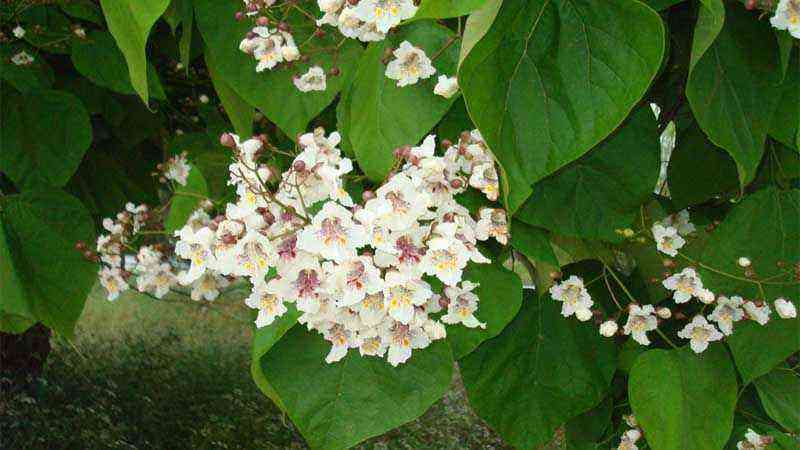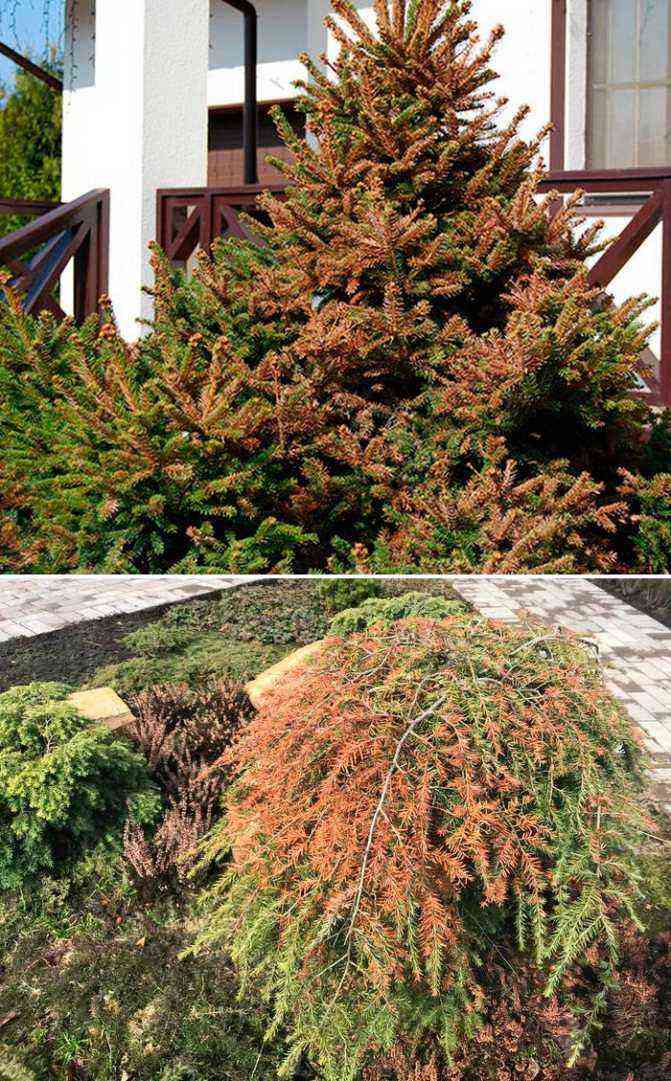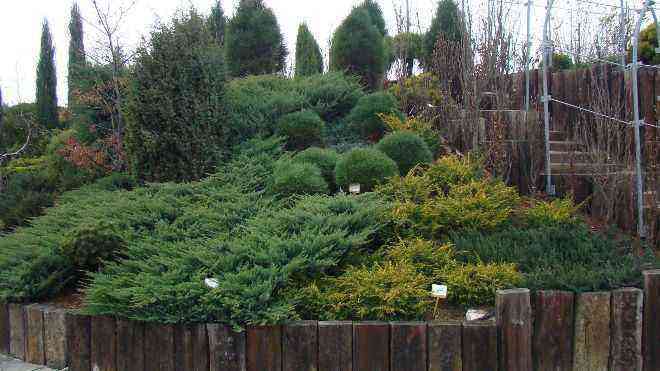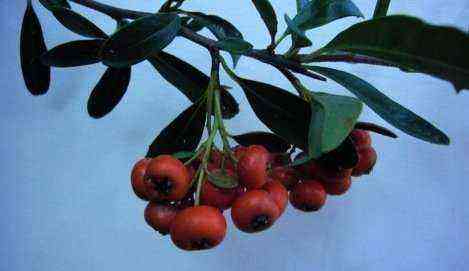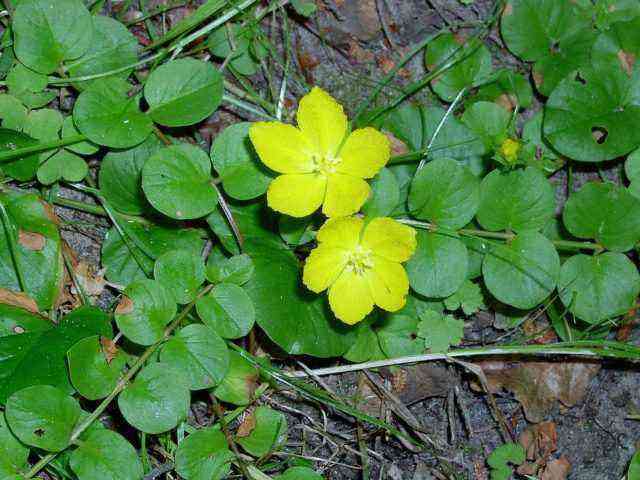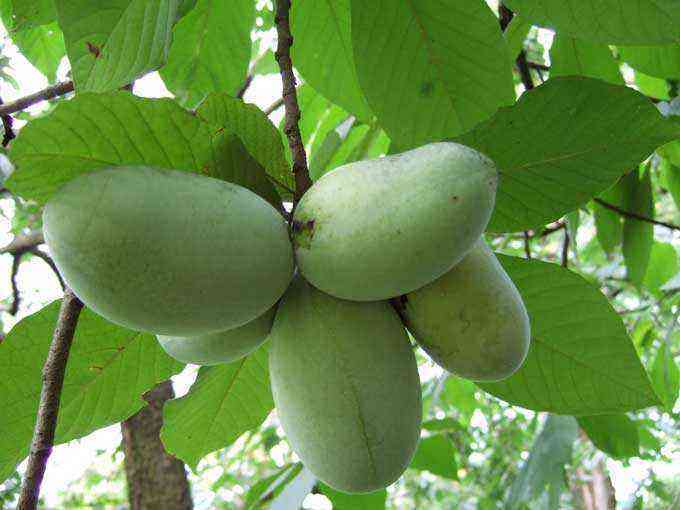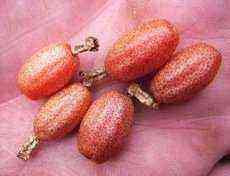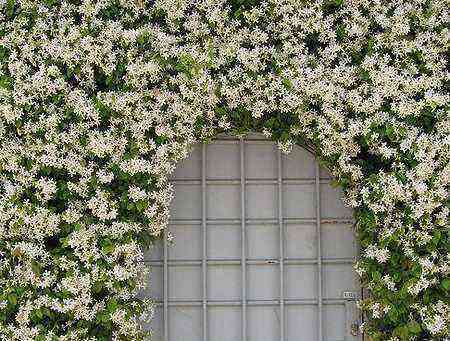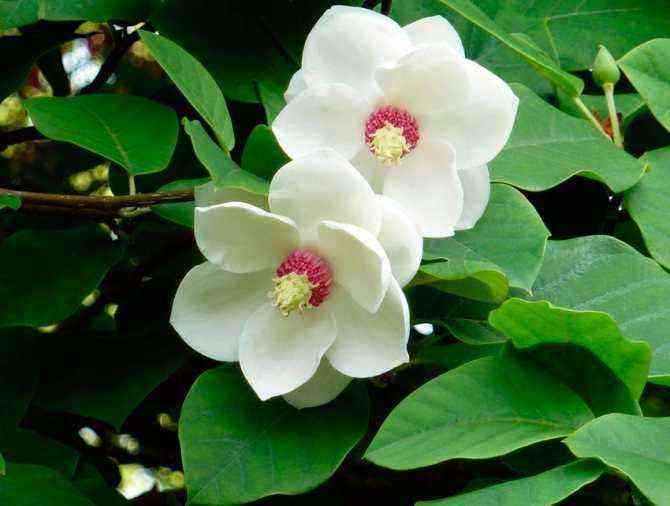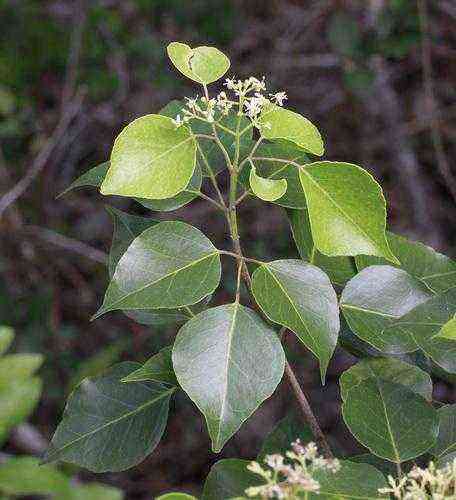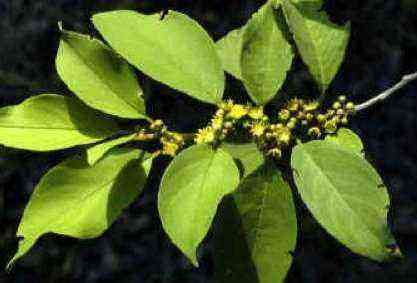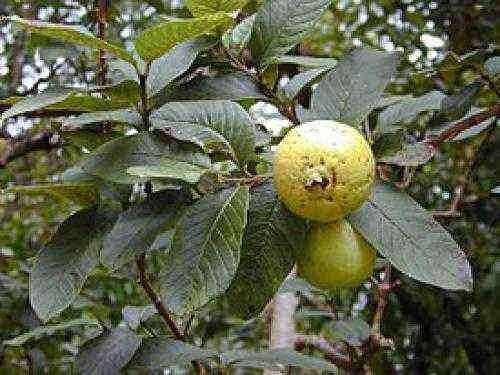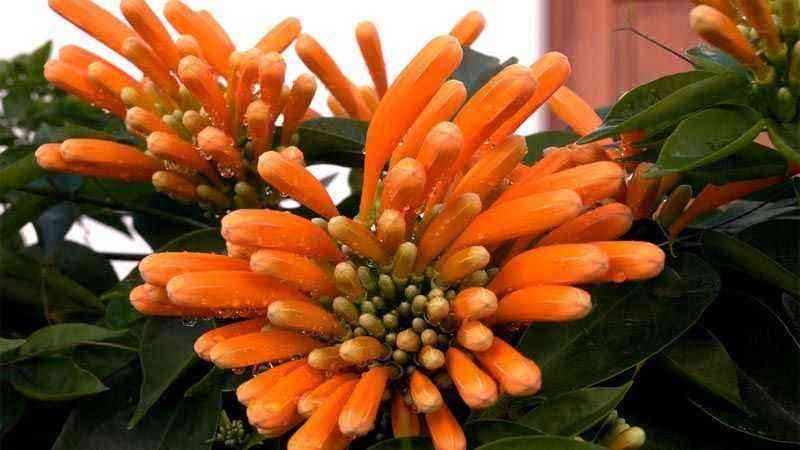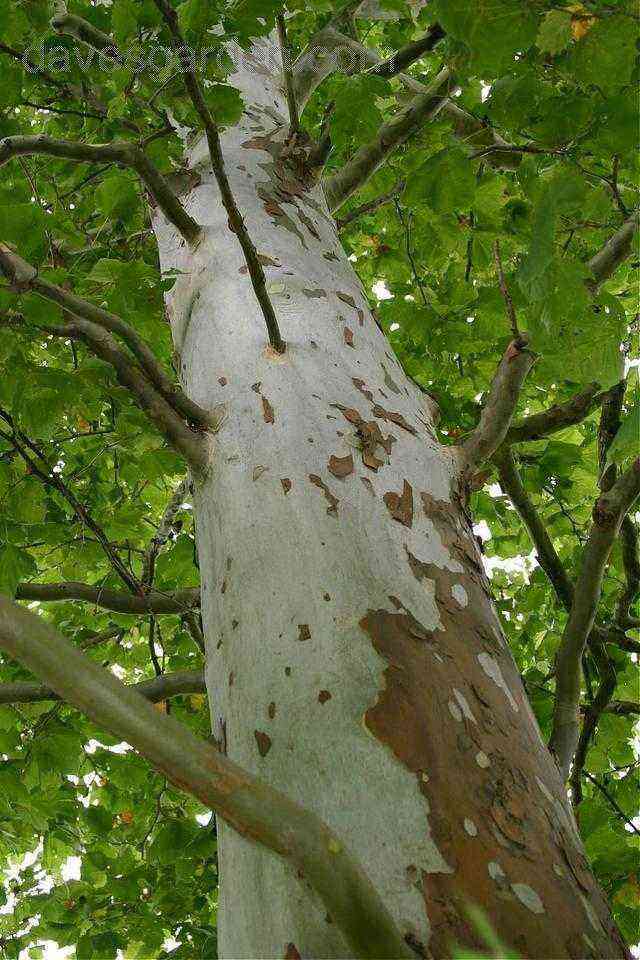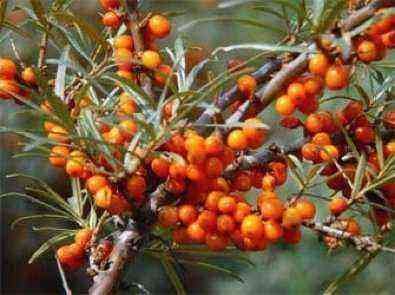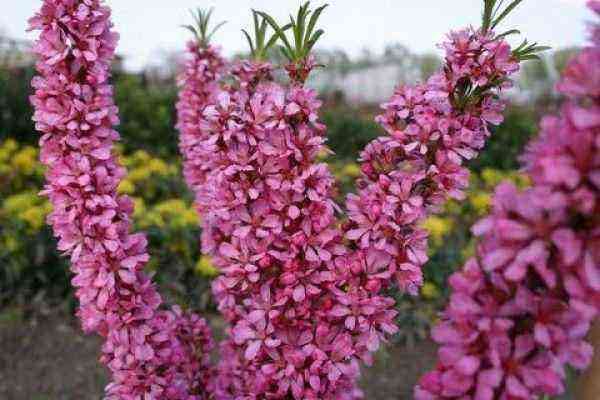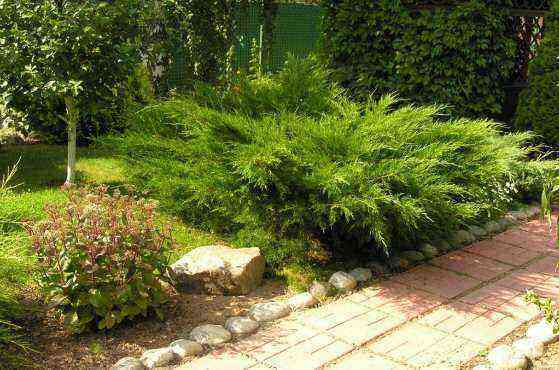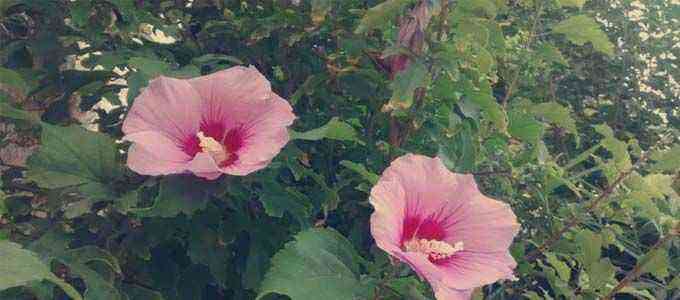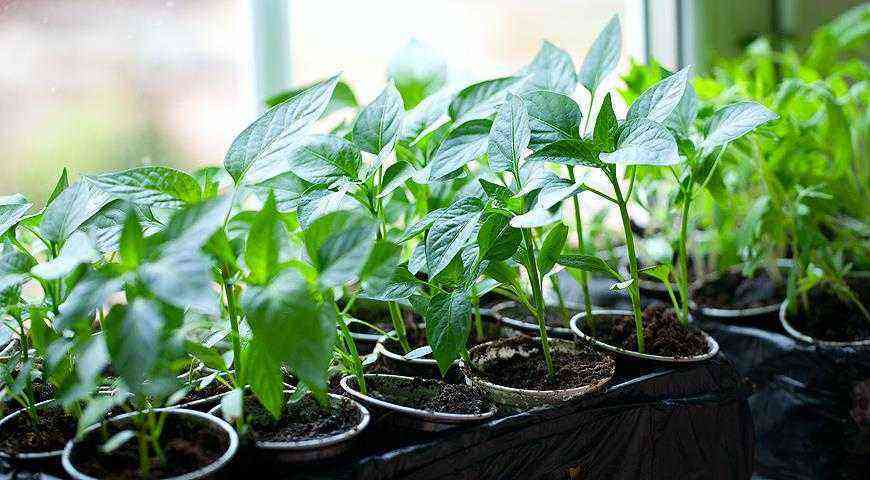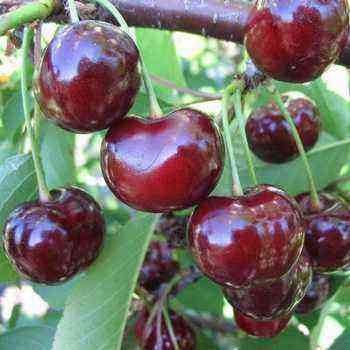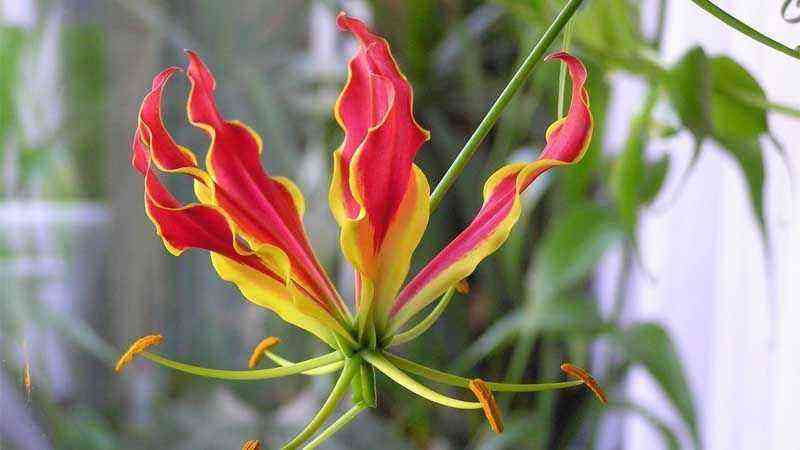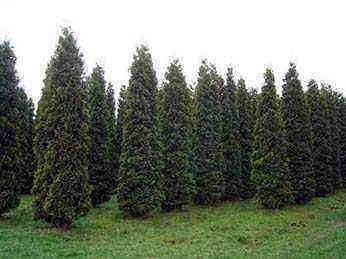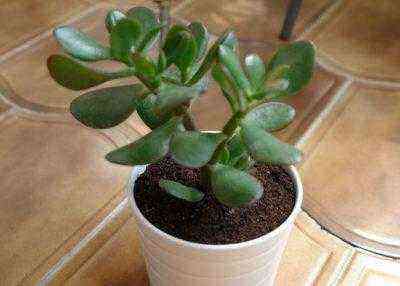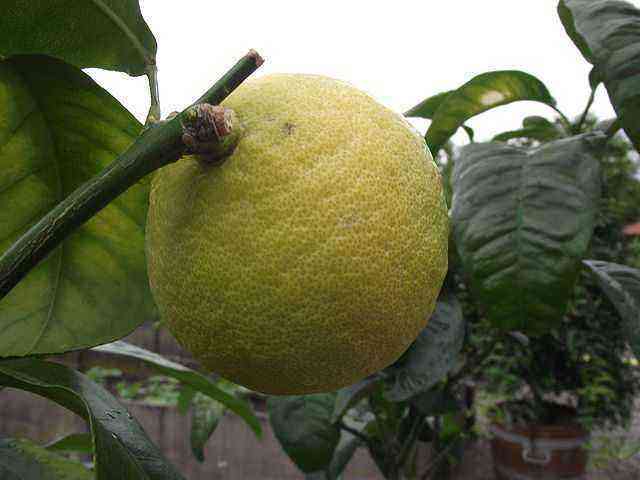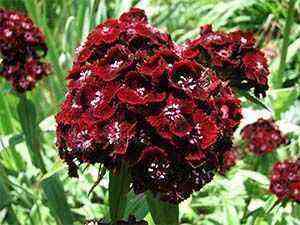The species that concerns us today is a shrub or small tree known as Salix atrocinerea, belonging to the Salicaceae family. It is originally from Europe and extends throughout the Iberian Peninsula, especially along the Mediterranean and Cantabrian coasts, but nonexistent in the Balearic archipelago and in the Canary Islands.
Salix atrocinerea is a ideal tree to create shady spaces in any type of garden, planted individually or grouped in sidewalks.
Given the ease it presents for the hybridization, it is often easy to mistake one species for another. The hybrids that are known are the following:
- Willow times expected = hybrid between Salix atrocinerea y Salix cantabrica
- Salix × quercifolia = hybrid between Salix atrocinerea y Salix caprea
- Salix × guinieri = hybrid between Salix atrocinerea y Salix cinerea
- Salix × mayor = hybrid between Salix atrocinerea y Salix pedicellata
- Salix × altobracensis = hybrid between Salix atrocinerea y Salix bicolor
- Willow times vicious = hybrid between Salix atrocinerea y Salix purpurea
- Salix × secalliana = hybrid between Salix atrocinerea y Salix salviifolia
- Salix × multidentata = hybrid between Salix atrocinerea y Salix triandra
- Salix × stipularis = hybrid between Salix atrocinerea y Salix viminalis
Characteristics Salix atrocinerea
Although it is commonly known by several names such as bardaguera, palera, salgueiro, sarga or zargatera among others, the best known common name is ashen willow, which like its scientific name, Salix (sauce) atrocinerea (atro = dark, cinereus = ashen), refers to the appearance of its younger branches and leaves that are covered with a grayish hairiness.
Trunk and branches
The ashy willow is a medium-sized tree that can reach up to 22 meters in height. The trunk is covered by a rough bark of dark brown or gray color.
Its branches are straight and elongated, when they are young they are covered by a grayish hairiness that they lose as they mature.
Leaves
Its leaves son speaks, lanceolate or ovate in shape and somewhat wider towards the apex, they have smooth edges, although some may have broad and poorly marked teeth.
When they are born, they are covered with hair on both sides and have a velvety appearance, but when they mature they lose their hair on the upper surface turning a dark green color, on the underside they are grayish and with some rusty hairs (the color of rust).
Flowers
Salix atrocinerea, like all of his kind, is a dioecious tree, which means you have male and female specimens. The flowers are born before the leaves and the bees or the wind are in charge of carrying out the pollination. Both the male and female flowers are very hairy and are arranged in catkins, spike-shaped inflorescences or hanging raceme.
The male ones are ovoid and the female ones cylindrical.
The fruit is a small capsule that, when ripe, opens into two valves and inside are the seeds covered with whitish hairs.
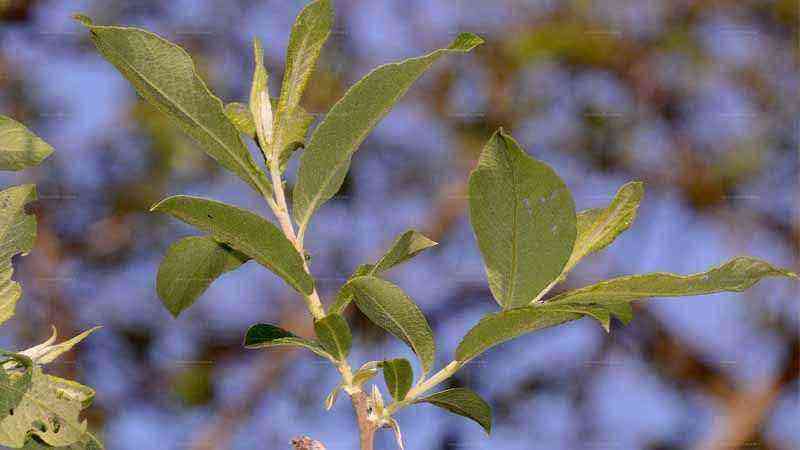

Salix atrocinerea leaves. Photography: www.i-flora.com
Main care of Salix atrocinerea
In its natural habitat, it grows to shores of natural water courses, in wet meadows and in troughs. Salix atrocinerea it is a spice that does not mind having its roots waterlogged. Grow healthy to full sun and although it supports being in semi-shade, it needs a lot of light to thrive.
In gardens, care must be taken to plant it away from pipes or buildings since its highly invasive roots they could cause damage.
Earth
For its characteristics, Salix atrocinerea It is a specimen that cannot thrive in pots. The ideal soil for its cultivation has to be somewhat acidic and poor in nitrogen.
Irrigation
It is a tree that needs a lot of humidity to grow healthy. In summer it should be watered every 2 days at least, and during the rest of the year every 4 or 5 days.
Fertilizer
During the most active season, that is, from the beginning of spring to summer, it is advisable fertilize the soil with organic manure like manure or guano once a month.
Pests and diseases Salix atrocinerea
Despite being a fairly hardy tree, it can sometimes be affected by iinsects such as mealybugs and aphids, that feed on the sap and cellular juice of the young stems and leaves. They can be treated with specific insecticides such as potassium soap or sticky traps in the case of aphids.
The diseases that can affect you are those caused by fungi, mainly the roya, which affects the leaves by covering them with reddish bumps or the powdery mildew covering the leaves with a white powder.
Both can be treated with preventive fungicides such as sulfur or copper (copper oxychloride).
Multiplication
There are two ways to get new specimens of one that we already have in our garden.
By seeds
Es the most complicated, since the seeds have a very short viability. The way to achieve this is to take them directly from the open fruit while it is still on the tree, then we immerse them in water for 24 hours to hydrate them and accelerate their activation.
Next, we will plant them in a seedbed with black peat mixed with perlite that we will always keep moist and leave them in a sunny place until germination.
By cutting
For it , we will choose a young branch, no more than one year old and about 30 cm long, from which we will remove about 3 cm of bark at the base that we will impregnate with rooting hormones. Next, we will plant it in a pot with a porous substrate that we will keep moist and protected from direct sun.
Uses of ashen willow
Like all willows, Salix atrocinerea is popular for various therapeutic properties. Its bark and its leaves are used in different remedies to alleviate the symptoms of arthritis and rheumatism.
It is also used as aanti-inflammatory in diseases such as gout and dysentery. Its leaves relieve headaches and lower fever. Its thin and flexible branches are highly appreciated in basketry, and formerly, dowsers used them to locate water wells in the subsoil.
En florist, the branches of male specimens with their characteristic hairy flowers are highly appreciated in the composition of flower arrangements.
